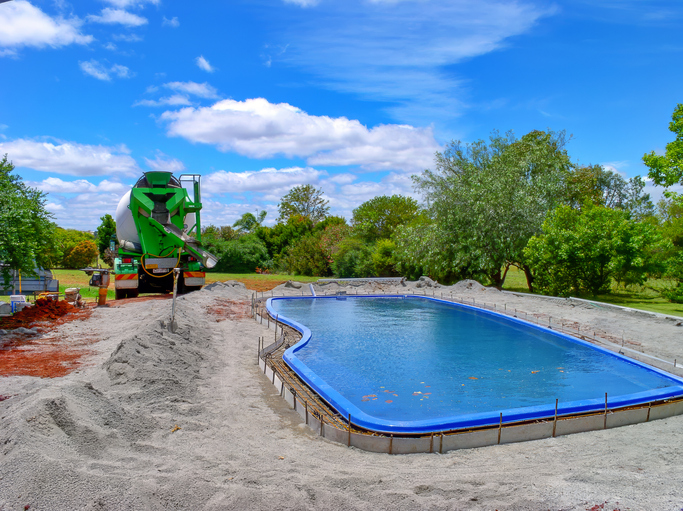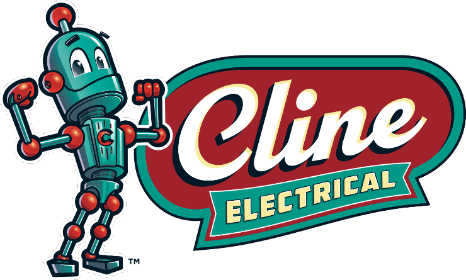Introduction
A pool electrical setup is more than just wiring a few lights and outlets—it involves multiple components that must work together to provide safety, functionality, and long-term durability. Every swimming pool requires proper electrical planning to operate its pumps, lighting, heaters, and automation systems effectively. If done incorrectly, faulty installations can lead to shock hazards, equipment failure, or even code violations. Understanding the key components involved in a pool electrical setup helps homeowners make informed decisions and ensures the system is installed in compliance with local electrical codes. Whether you’re building a new pool or upgrading an existing one, a professional approach to pool electrical installation in Cave Spring, VA, is critical for safe and reliable operation.
What’s Included in a Standard Pool Electrical Setup
1. Subpanel and Circuit Breakers: One of the first components in any pool electrical system is the subpanel. It provides dedicated circuits for all the electrical equipment related to the pool, such as pumps and lights. Circuit breakers in the subpanel protect each line from overcurrent and short circuits. This setup ensures that pool systems can be isolated from the main household electrical supply when necessary. A properly sized subpanel also allows for future expansions like heaters or additional lighting.
2. Pool Pump Wiring and Motor Connection: The pool pump is the heart of the circulation system and requires a direct and safe electrical connection. Wiring must be rated for outdoor use and typically runs underground to the pump location. Electricians ensure proper grounding and bonding to prevent stray voltage. Depending on the pump type, either 120V or 240V circuits are used. Secure and waterproof connections protect the motor from environmental damage.
3. Pool Lighting and Transformers: Underwater and perimeter lighting enhance safety and ambiance in your pool area. LED lighting installation in Salem, VA, often involves low-voltage lights that require a transformer for safe voltage reduction. These lights must be properly sealed and rated for submersion, with GFCI protection to eliminate shock risks. All lighting circuits should adhere to NEC and local safety codes for optimal safety and performance.
4. Grounding and Bonding System: This is one of the most critical safety components of a pool electrical system installation. Grounding protects against faults by providing a safe path for electricity to travel. Bonding connects all metal parts to equalize voltage potential,
reducing the chance of electric shock. Skimmers, ladders, handrails, and pumps must all be bonded. A continuous bonding grid ensures safe swimming conditions at all times.
A proper pool wiring installation requires careful attention to detail and strict adherence to safety codes. From subpanels to automation, each component plays a vital role in ensuring your pool runs smoothly and safely. Cutting corners can lead to dangerous outcomes or expensive repairs. Working with a licensed electrician ensures everything is correctly installed and up to code. Investing in a well-designed electrical system guarantees long-term peace of mind and enjoyable pool ownership.
Conclusion
For a safe and efficient pool electrical setup, trust the experts at our electrical repair company in Roanoke, VA. Call Cline Electrical Service at 540-380-3886 for top-quality service today!
📌 Your Local Comfort Experts — Now Serving You as Cline Electrical, Offering the Same Fast and Electrical Services You Know and Trust.







